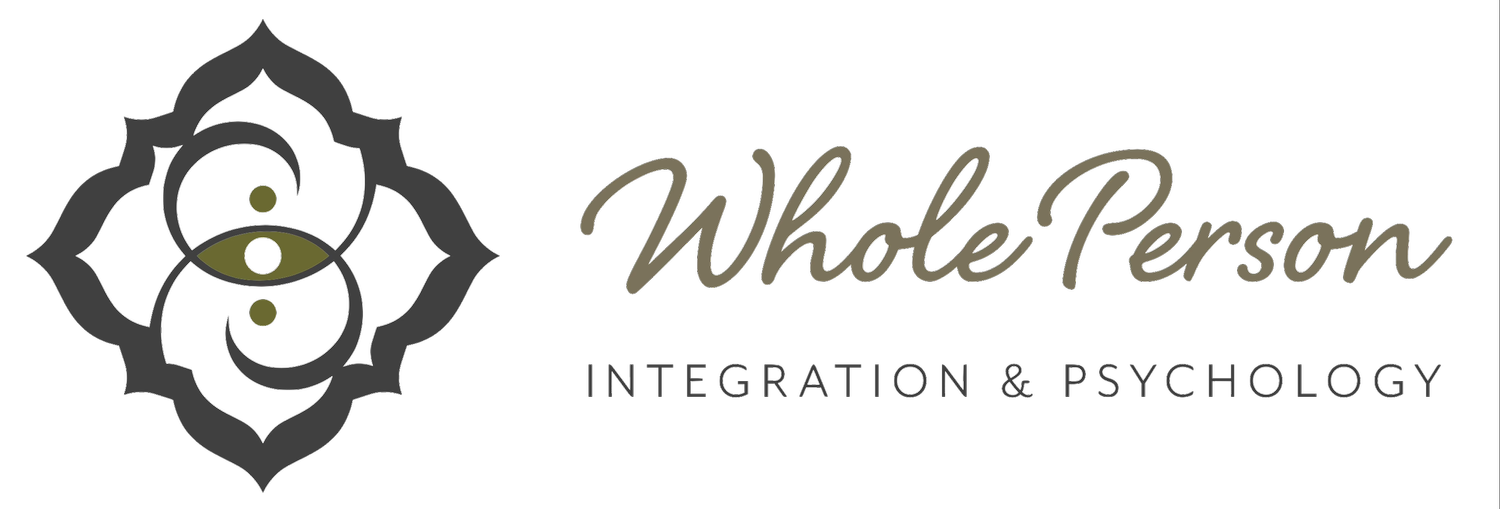Ketamine and Kratom
By: Dr. Denise Renye
The psychedelic renaissance is here! That increase in popularity and attention may have some mistakenly believe psychedelics and psychoactive drugs are magic bullets, cures to all that ails them. While psychedelics are beneficial for issues such as depression, alcoholism, and PTSD, this is not a one-size-fits-all situation. Not every person is a good fit for every psychedelic or psychoactive drug. For instance, ketamine can be highly addictive.
Ketamine is lumped into the same category as psychedelics but it works differently than classical psychedelics like psilocybin or LSD. Ketamine relaxes chandelier cells in the brain, which control pyramidal cells. The pyramidal cells are the “thinking” cells and pass on messages to other neurons. By relaxing that grip, ketamine can produce a dissociative effect; a person can feel “floaty” or like they’re in a different reality.
Classical psychedelics on the other hand, override the chandelier cells and stimulate the pyramidal cells to produce vivid images and experiences. These psychedelics can also create a euphoric feeling because they’re working on the body’s serotonergic system. This sort of “high” is often what people associate with psychedelics.
The classical psychedelics are in varying stages of legality in the U.S. and around the world, but in the U.S., ketamine is already legal so it’s easier to acquire this drug – for better or for worse. Ketamine can be used during psychedelic-assisted therapy to treat anxiety, depression, and trauma. However, ketamine can also be used recreationally among friends, at concerts, during festivals, etc. sometimes successfully, yet sometimes with potentially disastrous consequences.
I’ve worked with a number of people for whom ketamine wasn’t a good fit – they became addicted. The legal, but unregulated, use of the drug meant my patients could disregard the dosage instructions and do whatever they wanted. No one was around to administer the drug, to control its uptake, so it could be consumed in high amounts, which can be dangerous.
It’s hard to quantify the number of people addicted to ketamine, but scour the internet and you’ll find countless posts from people describing their personal horror stories. Common negative side effects are depersonalization, depression, and a wide range of mental health disorders, including suicidality, according to a study by Dr. Sarbjeet S. Kalsi. These side effects are some of the very same health challenges ketamine may be prescribed to treat
Physically, with continued use ketamine damages the kidneys and bladder, leading to incontinence and urinary frequency. Some sufferers notice blood in their urine and in extreme cases, require bladder removal.
While the cases are less severe and prominent, I’ve also seen patients become addicted to the psychoactive drug kratom, which comes from the plant Mitragyna speciosa – the same family as the coffee tree. Kratom is not a psychedelic, but it, too, affects the brain and high doses have an effect similar to morphine. Taking it, some of the brain’s chemical messengers may be stimulated, depressed, or not absorbed properly.
Primarily, kratom fills opioid receptors in the brain and along the central nervous system, which can create a rush of pleasure or euphoria. Some MDs or naturopathic doctors advise using kratom as a remedy for opioid withdrawal. However, with continued use, the brain’s chemical messengers may not be produced or moved through the central nervous system so a person develops a dependence on kratom. In other words, the drug folx used to help them with their opioid addiction is now the drug they’re addicted to.
Doctors should not prescribe psychoactive drugs without numerous clinical trials measuring the effects. It can be dangerous. And for patients who have a history of addiction or addictive tendencies, it is imperative for them to be in trauma-informed therapy along with a community-based addiction program. At this point, even the leading nonprofit in the U.S. devoted to psychedelics, the Multidisciplinary Association for Psychedelic Studies (MAPS), requires clinical trial participants be in a 12-step program if they have any history of addiction.
I fully support the use of psychoactive and psychedelic drugs as aids in healing, but I don’t think they should be used without discernment. For every drug, it’s important to take into account the individual person. “Do they have a history of addiction? Are they looking for an escape? Could the use of this drug become a problem?” If the answers to those questions are, “yes,” proceed with caution or don’t proceed at all.
Just because something is legal, doesn’t mean it’s safe. It’s up to trained professionals to support patients in making those sorts of decisions. Otherwise, the situation could be worse than what the drug was trying to fix.
Stay connected. Sign up for the newsletter to hear more about topics such as these.
Addiction recovery meditation here.
References
Boyer, Edward W; Babu, Kavita; Adkins, Jessica E., et al. “Self-treatment of opioid withdrawal using kratom (Mitragynia speciosa korth).” Addiction. June 2008; Vol. 103(6): 1048-1050. https://www.ncbi.nlm.nih.gov/pmc/articles/PMC3670991/
Kalsi, Dr. Sarbjeet S; Wood, David M.; Dargan, Paul I. “The epidemiology and patterns of acute and chronic toxicity associated with recreational ketamine use.” Emerging Health Threats Journal, February 2011; Vol 4(1). https://www.tandfonline.com/doi/full/10.3402/ehtj.v4i0.7107
Lennon, Annie; Becker, Dr. Jeffrey. “How Does Ketamine Work Differently from Other Psychedelics?” Psychology Today. May 24, 2021. https://www.psychologytoday.com/us/blog/the-lucid-mind/202105/how-does-ketamine-work-differently-other-psychedelics

